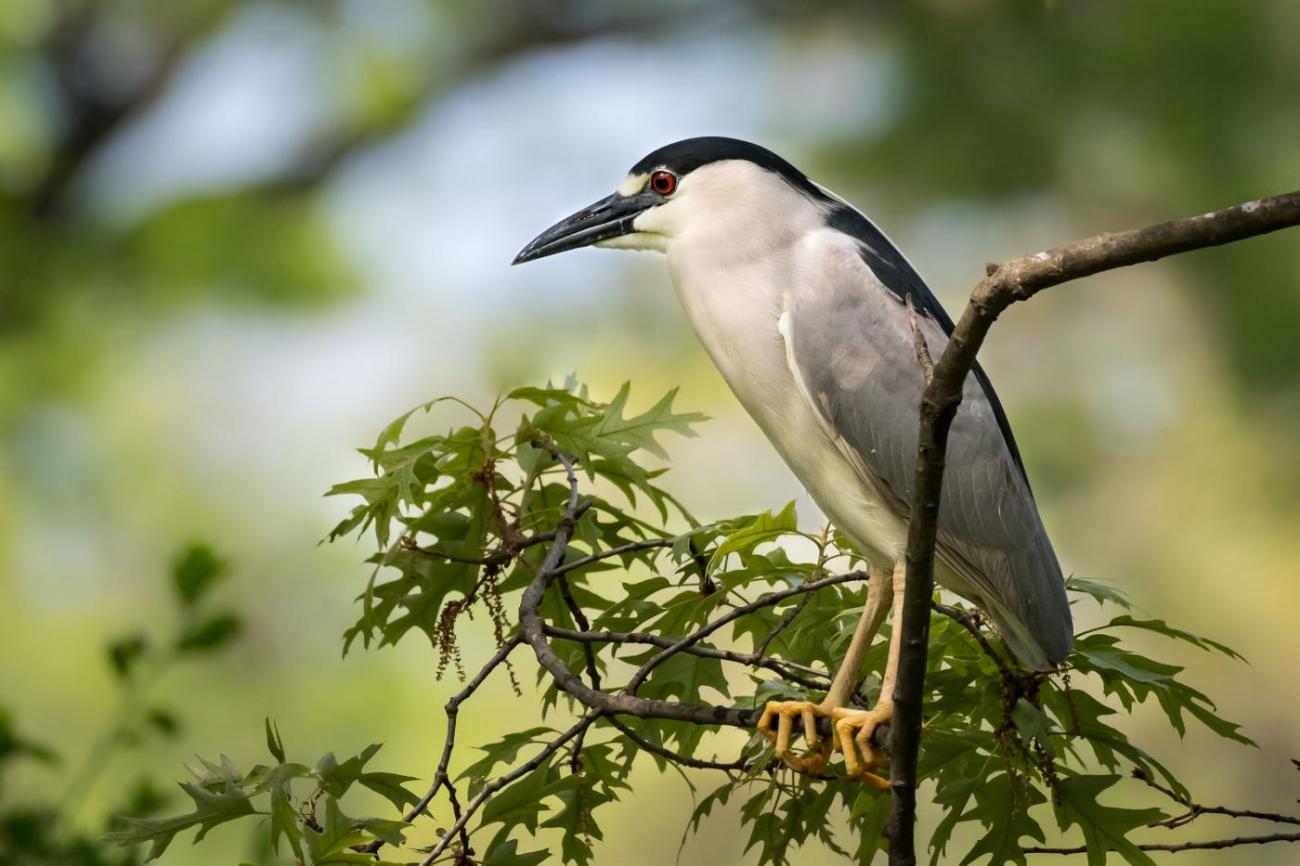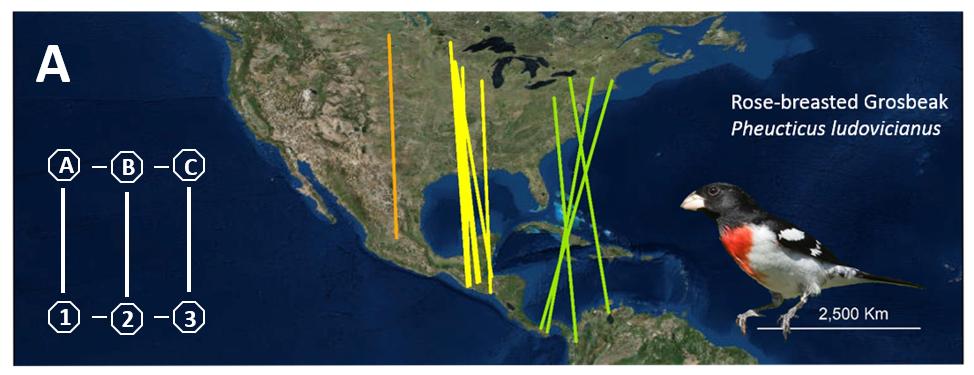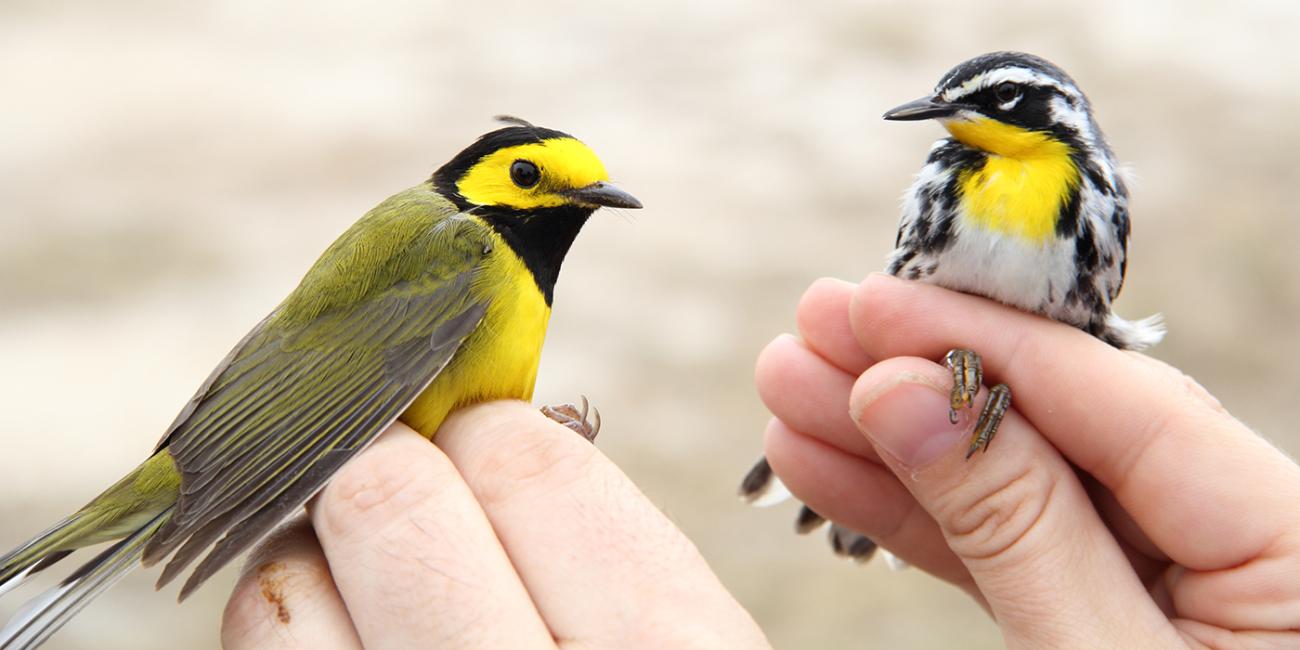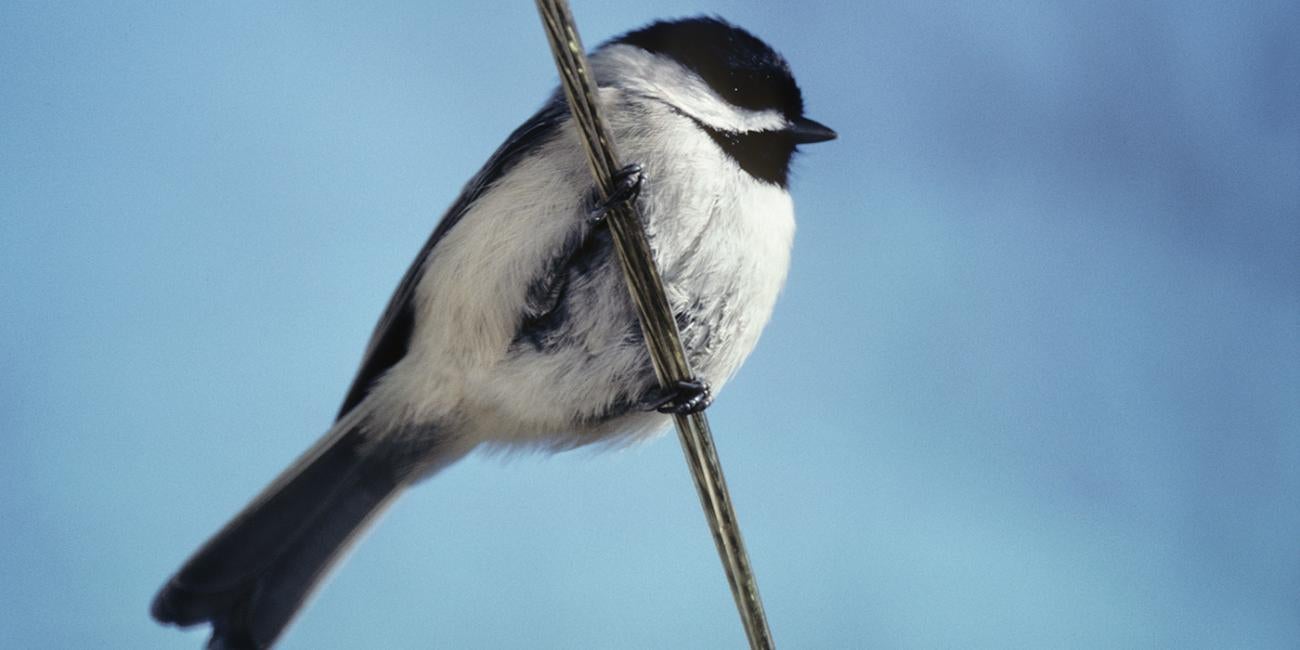Biography
Pete Marra is a senior scientist emeritus and the former director of the Smithsonian Migratory Bird Center. His research in avian conservation science has three broad themes, including the ecology of migratory birds, urban ecosystem ecology and disease ecology.
Marra's primary interests lie in understanding the factors that control population persistence and dynamics, so his research examines the roles of climate, habitat, food and pathogens, as well as other anthropogenic sources of mortality on the individual condition of both migratory and resident birds.
Marra's research emphasizes incorporating events throughout the annual cycle to understand how more complex interactions across seasons drive the ecology and evolution of species, and he uses this information to find conservation solutions. To do this, he has developed and incorporated multiple novel and emerging tracking techniques into his research.
Marra has founded several large research and communication initiatives, including Neighborhood Nestwatch, The Migratory Connectivity Project and the Animal Mortality and Monitoring Program. Communicating his science and his excitement for the conservation of wildlife to as wide an audience as possible, including the general public, is a high priority of his overall program.
Marra and his students, post docs and colleagues have published more than 170 papers in journals such as Science, Nature, Proceedings of the National Academy of Sciences, Proceedings of the Royal Society and Frontiers in Ecology and the Environment. In 2016, Marra also published a book, "Cat Wars: The Devastating Consequences of a Cuddly Killer."
Marra earned a B.S. from Southern Connecticut State University, a master's from Louisiana State University and a Ph.D from Dartmouth College.
He is co-founder of Tree House Concerts, an avid fly fisherman, passionate cook and father of two.






